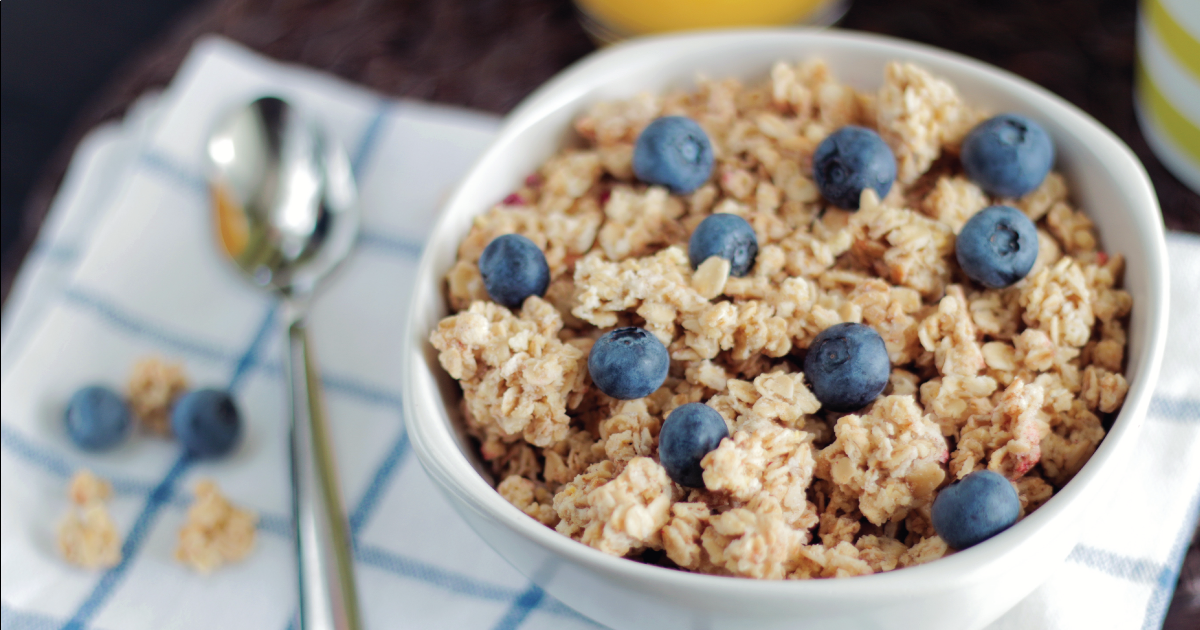
100 Percent of Oat Products Tested Positive for Glyphosate
In testing done by Friends of the Earth (FOE), 100 percent of oat cereal samples tested positive for residues of glyphosate, the active ingredient in Roundup herbicide. While there are multiple reasons to reconsider the health value of oats, including their lectin content, the rampant use of glyphosate on this crop as a desiccant just prior to harvest, and their subsequent glyphosate contamination, is worthy of attention.
February 19, 2019 | Source: Mercola.com | by Dr. Joseph Mercola
Oat-based foods, such as oatmeal, cereals and bread, are considered by many to be a healthy dietary addition, but if you eat such foods know that you’re probably getting herbicide residues along with them.
In testing done by Friends of the Earth (FOE), 100 percent of oat cereal samples tested positive for residues of glyphosate, the active ingredient in Roundup herbicide.1 While there are multiple reasons to reconsider the health value of oats, including their lectin content, the rampant use of glyphosate on this crop as a desiccant just prior to harvest, and their subsequent glyphosate contamination, is worthy of attention.
All Oat Cereals Tested Contained Glyphosate
FOE, looking to uncover how many pesticides and herbicides residues are in commonly eaten foods, tested store-brand cereal, beans and produce from the top four food retailers in the U.S.: Walmart, Kroger, Costco and Albertsons/Safeway.
Altogether, 132 samples of house brand samples were tested, from more than 30 U.S. stores in 15 states. Residues of glyphosate and pesticides — neonicotinoids and organophosphates — were found, with glyphosate being detected in 100 percent of oat cereal and pinto bean samples tested.
The average level of glyphosate in cereal samples was 360 parts per billion (ppb), which FOE noted is more than twice the level set by Environmental Working Group (EWG) scientists for lifetime cancer risk in children. Some of the cereal samples contained residues as high as 931 ppb.
As for pinto beans, levels were found up to 1,128 ppb, although average glyphosate levels were 509 ppb — 4.5 times higher than EWG’s benchmark for lifetime cancer risk in children. According to FOE:
“EWG determined that a 1-in-a-million cancer risk would be posed by ingestion of 0.01 milligrams of glyphosate per day. To reach this maximum dose, one would have to eat a single 60-gram serving of oat cereal with a glyphosate level of 160 ppb or a 90-gram serving of pinto beans with a glyphosate level of 110 ppb.”
Oat-Based Foods Marketed to Children Contain Glyphosate
EWG also commissioned independent laboratory tests to determine how much glyphosate is lurking in the U.S. food supply. Forty-three out of 45 food products made with conventionally grown oats tested positive for glyphosate, 31 of which had glyphosate levels higher than EWG scientists believe would be protective of children’s health.2
Examples of foods with detectable levels of glyphosate include Quaker Dinosaur Eggs instant oatmeal, Cheerios cereal, Nature Valley granola bars, Quaker steel cut oats and Back to Nature Classic Granola. Further, out of 16 organic oat foods tested, five contained glyphosate, although at levels below EWG’s health benchmark of 160 ppb.
Follow-up testing of another 28 samples of oat-based cereal and other oat-based foods marketed to children found glyphosate in all the samples tested, with 26 of them coming in above EWG’s health benchmark of 160 ppb.
Glyphosate was detected in General Mills’ Cheerios and a host of Quaker brand products such as instant oatmeal, breakfast cereal and snack bars. The highest glyphosate level — 2,837 ppb — was found in Quaker Oatmeal Squares breakfast cereal. According to EWG:3
“These test results fly in the face of claims by two companies, Quaker and General Mills, which have said there is no reason for concern. This is because, they say, their products meet the legal standards.
Yet almost all of the samples tested by EWG had residues of glyphosate at levels higher than what EWG scientists consider protective of children’s health with an adequate margin of safety.”
